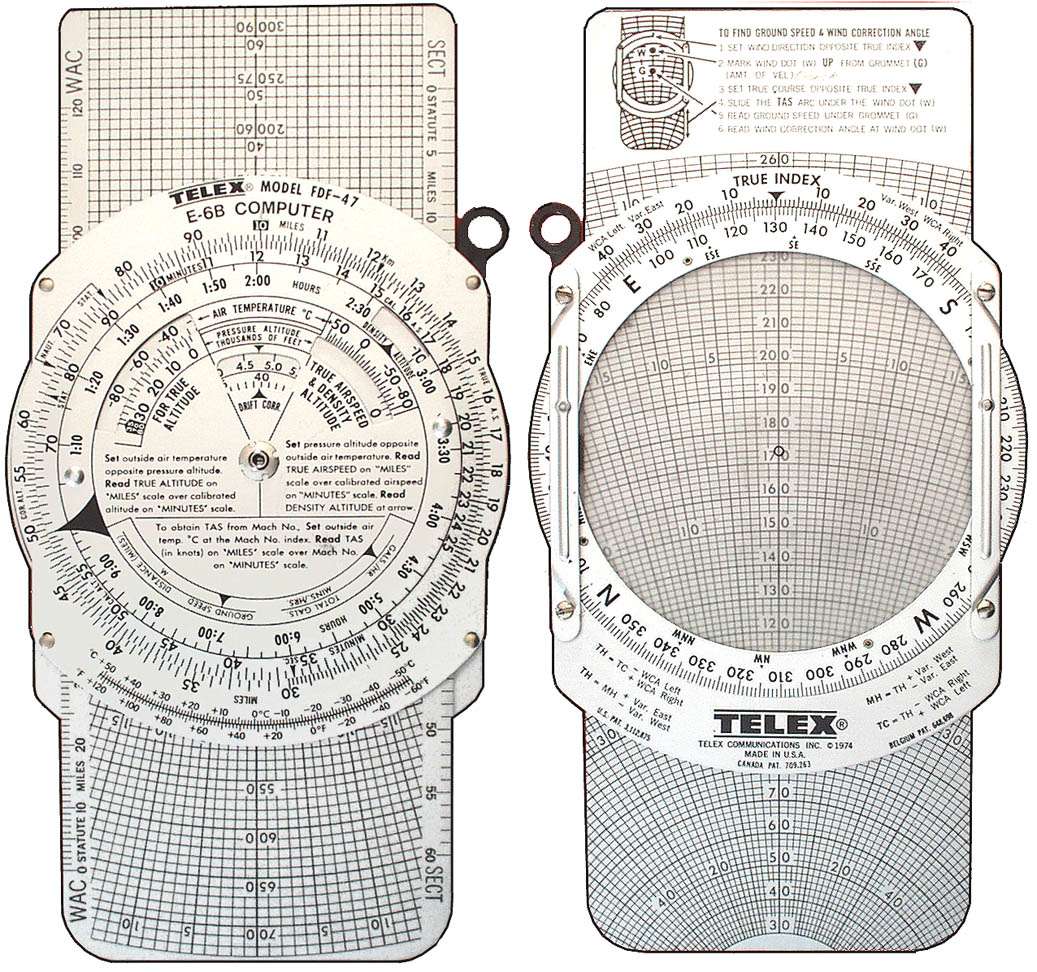I agree with you but if the proper flight planning is done prior to flight then you have a predicted ground speed already. As for not knowing the ground speed until in flight, you are only goign to get that info from a GPS which came after the invention of the flight plan form. There is no way without a GPS to accurately get the wind information while in flight to make the proper ground speed calculation.
And TAS is based on calculations that are realistically educated guesses based on weather guessing and aircraft performance numbers that once leaving the factory aren't 100% reliable.
So for right now, I don't have a satisfactory answer to m question.
David
As others mentioned, winds aloft change along your route. But there's another part of your premise that's flawed:
1) flight plans are routinely filed days before the flight is conducted. TAS doesn't change significantly, so there's no need to do ground speed calculations prior to filing flight plans. It also helps with flow control, and is less prone to calculation errors.
2) you suggest that a GPS is required to determine ground speed. I'm not that old, but when I learned to fly in 1993, we used our nav logs and visual checkpoints to calculate ground speed using a watch. Not much different then how GPS does it now, albeit quite a bit slower.
FWIW, as a CFI, I'll be the first to admit I don't have all of the answers. But with the experience and training of a CFI comes the expectation of applying critical thinking. If a student asked me the question you asked, I'd suggest to the student we give it a try. After our first course change, or recalculation of winds aloft because of distance, or a flight delay, I think the answer would be real apparent. I'm not beating up on you...just giving you another way to approach the issue.
Some of my best learning moments were when a pilot asked me a question I didn't readily have an answer for.



